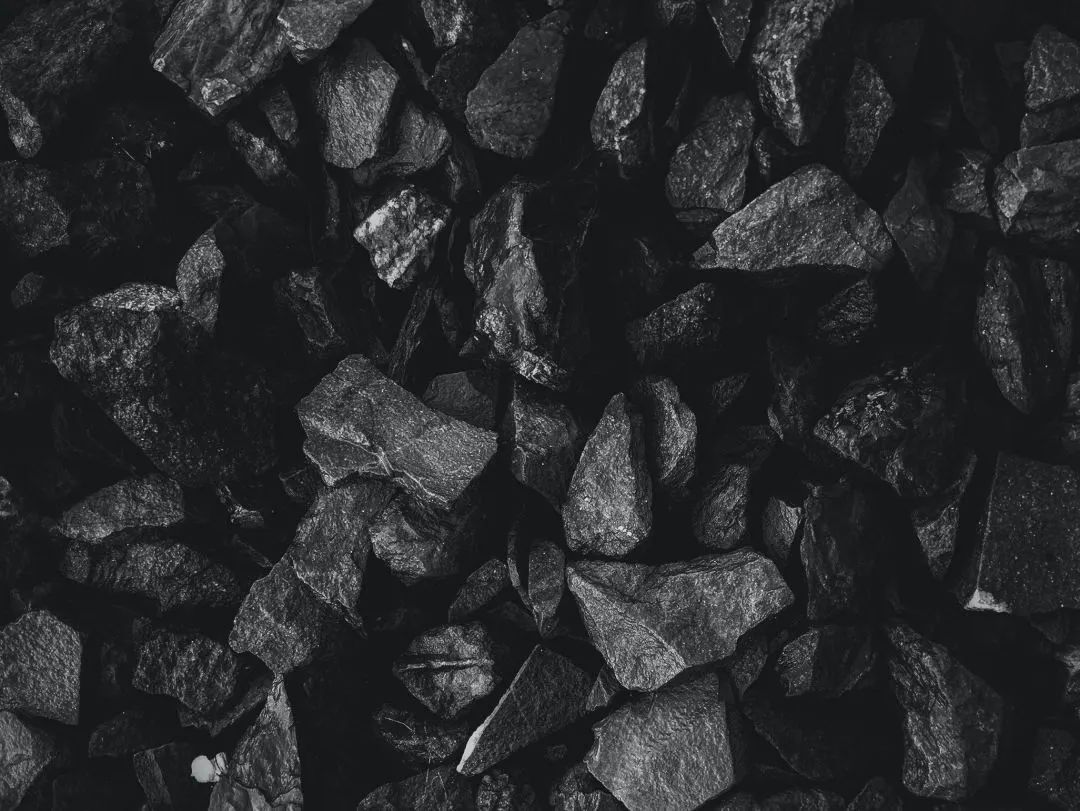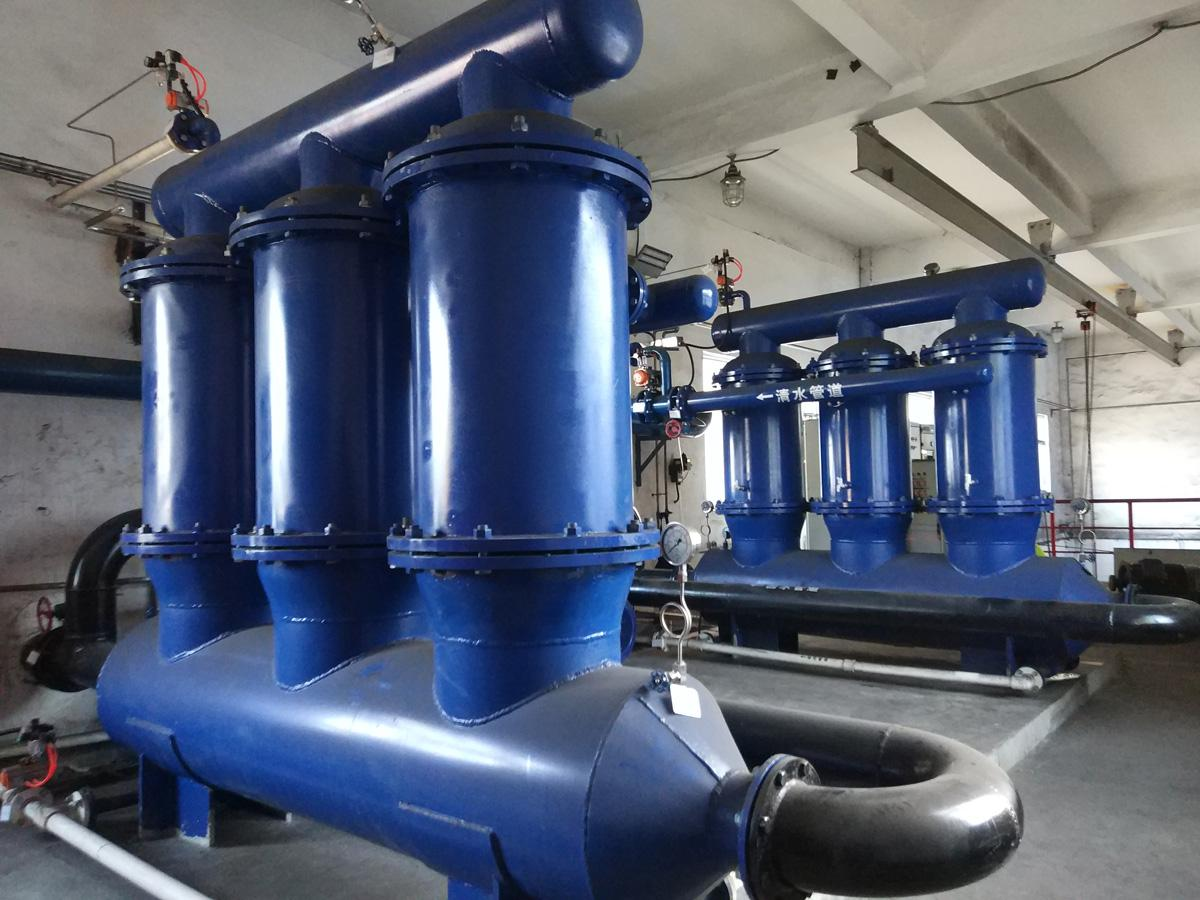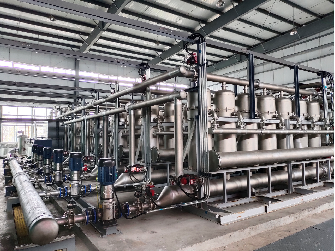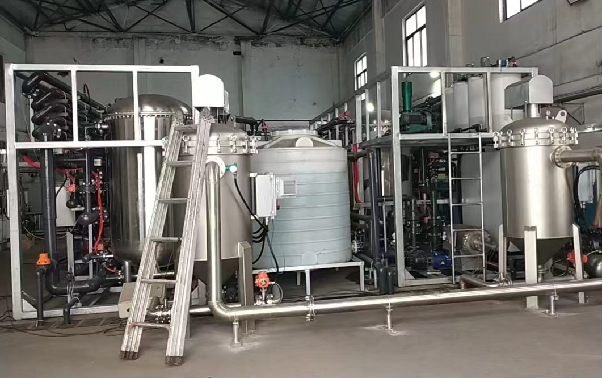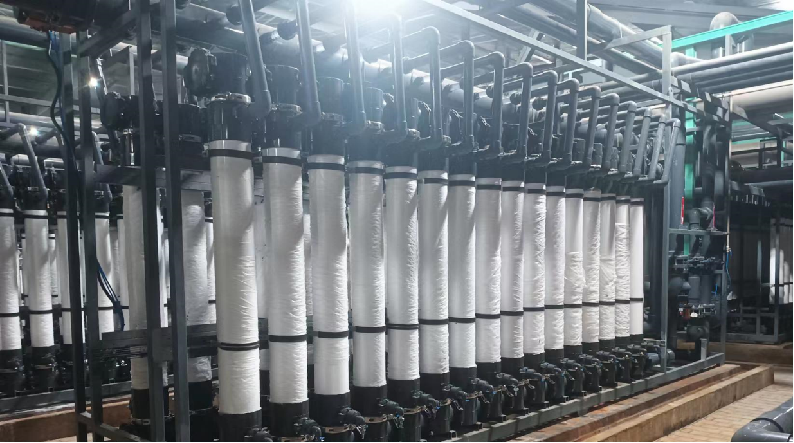18072885002
In the previous article, the water quality characteristics of mine water were introduced. Next, we will compare and analyze the treatment processes of three generations of mine water.
Preface
The current goal of mine water treatment technology is to reduce or even eliminate drugs, shorten the process, and save space.
These two goals both point to the technology of using ceramic membrane products for pre-treatment of mine water.
一、The first generation of ceramic membrane mine water treatment technology
1.Ceramic membrane components made of aluminum oxide material;
2.In order to increase the anti pollution ability of the membrane system, a membrane surface flow rate of 3m/s~5m/s is set. The installed power of the system is high, and the power consumption per ton of water is 1-1.5 kW · h;
3.Generally a ceramic membrane system with a designed flux between 150~200LMH, 100m ³/h requires an installed membrane area of 500 square meters;
4.Ceramic membranes have high mechanical strength and can abandon the backwashing method of pumps (high flow rate, low dust), and instead use the pressure tank cleaning method of gas top water (low flow rate, high dust) to improve the system recovery rate;
5.The membrane module with a large volume, and a specification size of the membrane components of φ 30 or φ 40mm requires a large amount of installation and disassembly work, making it inconvenient for maintenance;
6.Internally pressurized tubular membranes require adjusting membrane elements with different channel diameters based on the suspended solids content in the influent. The higher the suspended solids content in the inflow, the larger the equipment volume.
二、Second generation ceramic membrane mine water treatment technology
1.Tubular ceramic membrane components made of silicon carbide material;
2.Generally a ceramic membrane system with a designed flux between 200~300LMH, 100m ³/h requires an installed membrane area of 350 square meters;
3.The membrane module has a large volume, and the specifications of the membrane components are φ 40mm, heavy installation and disassembly workload, inconvenient for maintenance;
4.For mine water with low suspended solids content (inflow TLSS < 500ppm), the design of high membrane surface flow rate has been cancelled, and the operation mode of dead end filtration and intermittent concentration discharge has been adopted. The energy consumption of the membrane system can be reduced to 0.06-0.1 kW · h;
5.Nano-bubble air flotation is required to control the suspended solids content in the influent.
三、Third generation ceramic membrane mine water treatment technology
1.Flat sheet membrane components made of silicon carbide material or innovative products such as silicon carbide ceramic core column membranes;
2.Generally a ceramic membrane system with a designed flux between 200~300LMH, 100m ³/h requires an installed membrane area of 350 square meters;
3.When the suspended solids content in the influent is less than 2000ppm, a silicon carbide ceramic core column membrane is used; When the suspended solids content in the influent exceeds 2000ppm, a silicon carbide flat sheet membrane tank is used;
4.The energy consumption of the membrane system can be reduced to 0.06~0.1 kW · h;
5.No pre-treatment is required to reduce suspended solids content.
With the changes of the times, the technology of mine water treatment is also constantly improving. Compared with the previous two generations, the third generation of mine water treatment not only shortens the process flow and further reduces energy consumption, but also greatly increases the flux of silicon carbide ceramic membranes.
In the next article, we will introduce our company's case of silicon carbide ceramic membrane for mine water. Stay tuned!





